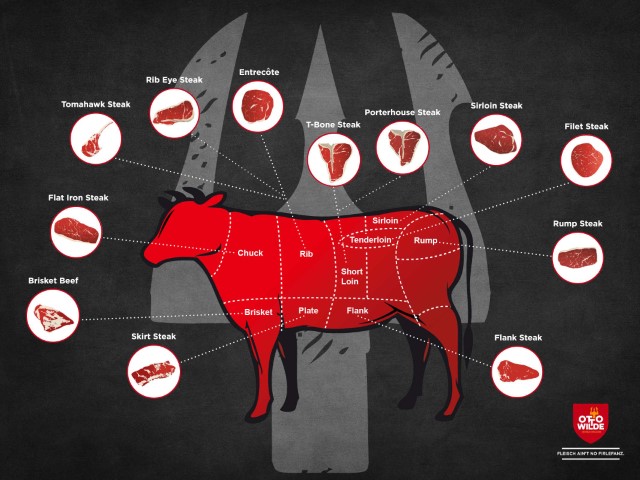
The best steaks cuts on the grill are right in front of your nose. At the butcher shop, you may be overwhelmed with all the cuts of beef presented to you. How do you know that your butcher is selling you the right type of steak. What’s the difference between a porterhouse, T-bone steak and a strip steak? All of these special beef steak cuts are best grilled on the Otto Grill because they take under ten minutes from preheating to eating. To achieve perfect, juicy and tender steak results, read up on the best steak cuts to grill.
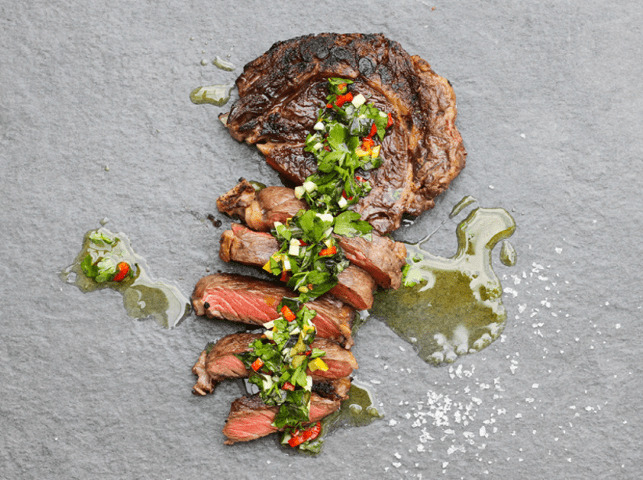
The ribeye steak is definitely a prime cut and one of our favorites. Why? Because it’s a classic among grillers and considered one of the tastiest. Due to its high content of fat marbling, the ribeye is a rich, juicy and buttery tasting cut. As the golden child of beef steak cuts, the ribeye steak cut is the most common slab of meat. You can find the ribeye steak in any supermarket or butcher shop.
The ribeye steak cut comes from the upper ribs and is typically boneless. The theory about the ribeye tenderness is this: that the cow doesn’t move this part often and therefore doesn’t build up much muscle, thus creating the beautiful fat marbling. If you want the bone, ask for the rib steak, bone-in-ribeye or just holla for a Tomahawk.
The ribeye is a quick meal on the 1500°F Otto Grill. Sear on each side for 30 seconds for a medium-rare pink and tender steak. Follow this ribeye recipe for a prime steak dinner and spicy chimichurri sauce.
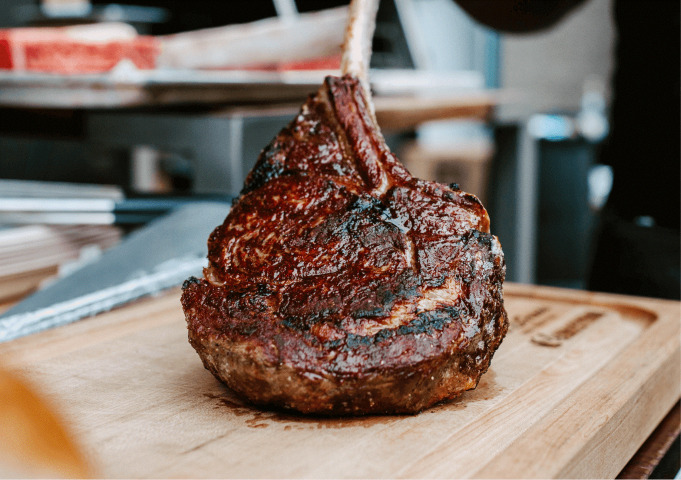
The tomahawk steak has been making its celebrity appearance all over the internet. Why? Because it’s so darn good looking. The primal cut looks like a cave man just freshly caught his meal. The tomahawk steak is the ribeye cut but with a few extra inches of rib bone left on for presentation, and, as some advocators promote, the bone may even provide the steak more tenderness and flavor. You could probably guess how it got its name – from resembling an ax, or the Native American tool known as the tomahawk. Some people are even known to call it a “Cowboy Steak.”
Unlike the ribeye cut you can find in any market, the tomahawk is typically a special request from your butcher. The thickness is usually around 2-inches thick and weighing close to 3 pounds. You should also be clear which type of tomahawk meat you are after because you can find more than just beef tomahawk steaks. Some butchers will offer bison, pork or venison tomahawks.
The tomahawk is a thick steak so we recommend a 3-minute sear on each side on the Otto Grill. Grill at a medium height so that the burner is not directly over the meat — leave about a 2-3 cm. distance from the flame. This purist tomahawk recipe will get you cave man grilling in no time.
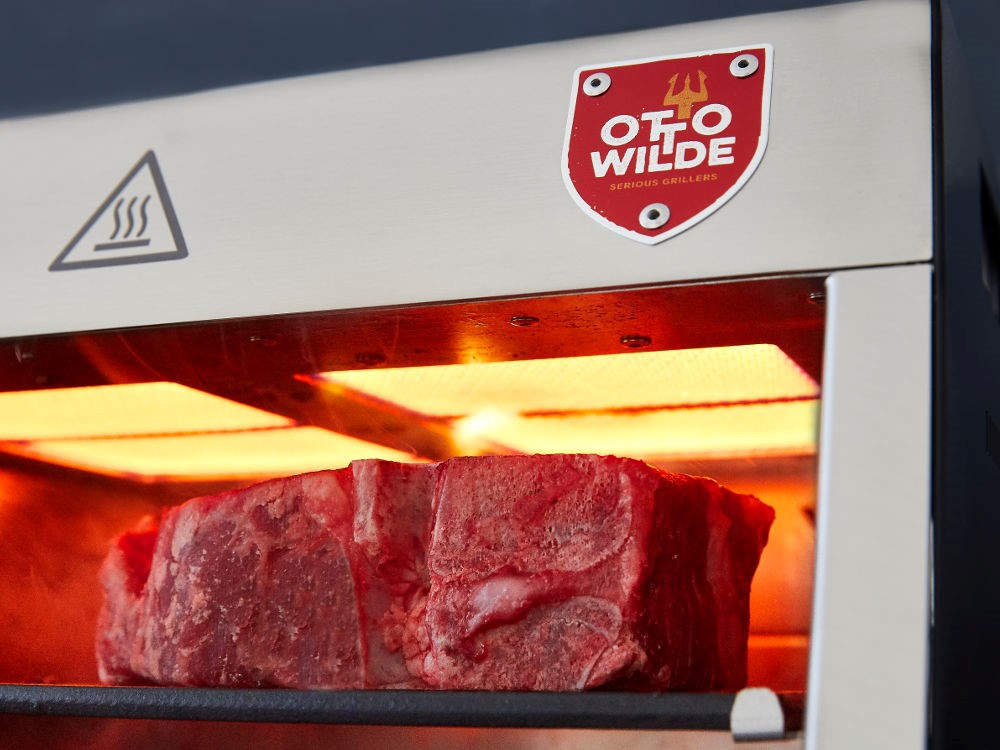
Next to the rib toward the back end of the steer is the short loin where you’ll find the porterhouse steak cut. To be considered a true porterhouse steak, the steak cut has to be at least 1.25 inches thick whereas a T-bone steak only needs to be a quarter-inch thick.
Many people will say that the porterhouse and the T-bone steak are synonymous. But this isn’t entirely true… A porterhouse steak is a T-Bone steak, but a T-Bone isn’t necessarily a porterhouse – because of the thickness requirement. The porterhouse comes from explicitly the rear of the short loin where a large portion of it is comprised of the tenderloin area because it is the thickest part.
The porterhouse cut deserves a 1.5 to 2-minute sear on each side on the Otto Steak Grill because of its thickness. Here is one easy-to-follow recipe on grilling the perfect porterhouse steak.
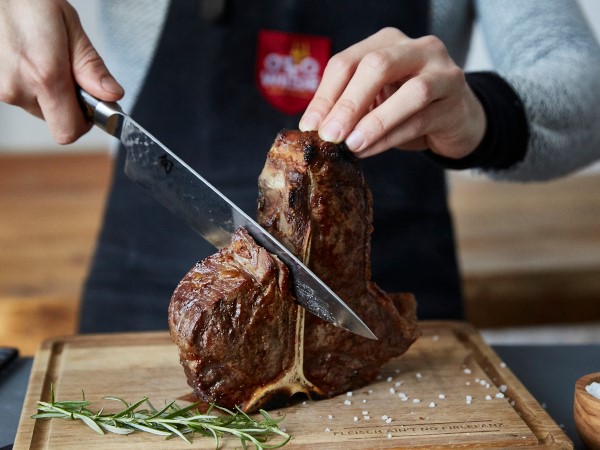
The T-Bone, as mentioned before, is a short loin cut. Named and known for its signature T-shaped bone, the T-bone is a highly-acclaimed meat model on the grill. The T-bone steak is only considered a porterhouse steak if it is 1.25 inches thick, otherwise it’s still a beautiful bone-in filet that is a quarter-inch thick or more. The meat is comprised of two different cuts of steak, the New York strip steak and a smaller section (compared to the porterhouse) of the tenderloin. If this cut is any smaller than a quarter-inch thick, it is no longer considered a T-bone but a bone-in NY strip steak.
We recommend a 1-minute sear for a T-Bone on the Otto Grill to achieve medium-rare steak. This depends on the variant thickness but is applicable for a quarter-inch to 1-inch thickness. A prime cut of meat like the T-Bone only needs this purist recipe.
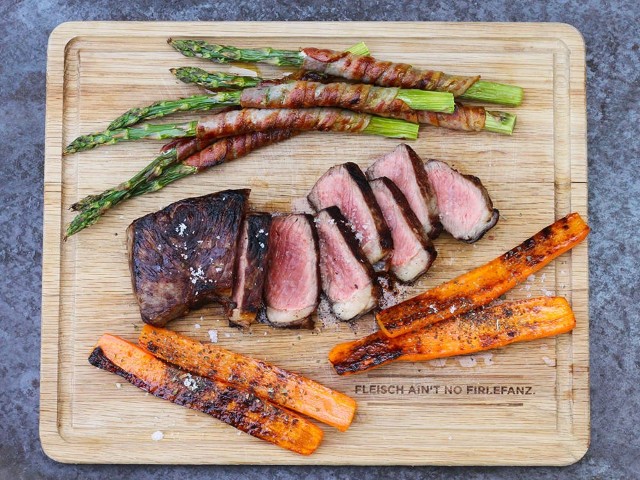
The strip steak cut comes from the loin like the three we mentioned before. The only difference here is its size. If the steak cut is smaller than a quarter inch, it is coming from the upper part of the loin where it isn’t as thick. If it has the bone in it, it is a smaller version of a T-bone, commonly known as the NY strip steak or the “Club” steak. Without a bone, it’ a particularly tender cut that is much friendlier on the wallet as well. Though, because it’s not as thick, this cut can dry out quickly.
We recommend a quick 30-second sear on each side on the 1500°F Otto Grill for a medium-rare doneness. This quick sear on the Otto Grill will ensure a tender and juicy steak. Long periods of cooking or grilling will only dry it out. Follow this NY Strip Steak Recipe to the T for an unforgetable grill session.
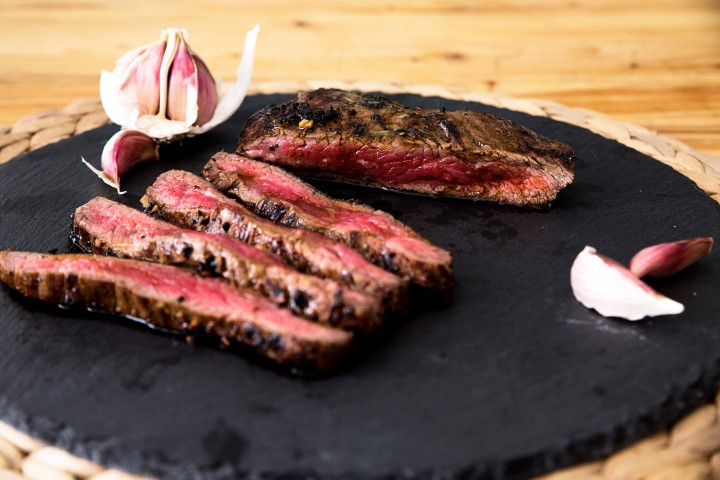
The flank steak is extremely flavorful but one of the toughest cuts of beef. This is a great cut to braise or reverse sear with a sous vide. The flank steak comes from the lower chest where the abdominals are located. This extremely muscular cut has tough fibers that need to be broken down through slow cooking. Flank steak is typically used for carne asada or in stir fry because it is a cheaper cut that can be left to cook for long periods of time.
After a sous vide bath, we recommend searing the flank steak on the Otto Grill at 1500°F for a quick 20-second sear on each side as close to the flames as possible. Achieve the crispy, golden brown crust and then immediately take it off the grill. Or, use this easy flank steak & marinade recipe to achieve a tender and delicious steak dinner without the fancy equipment.
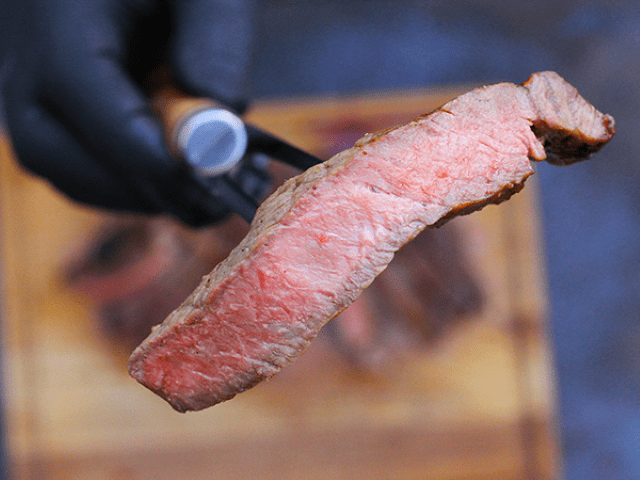
The rump steak is often forgotten, overlooked by some of the prime cuts we praised earlier. In America, the rump steak comes from the cut closest to the rear or the rump. With typically no marbling or fat, this cut needs a thorough pounding or marinating for a tender grill but also comes at a very small pocket price.
In Europe, however, the rump steak is a specific area that includes parts of the sirloin, tenderloin and top loin. It is a specific cut that is much more suitable and tender for grilling. It’s a common steak found in restaurants and shouldn’t be ignored!
Rump steak might not be everyone’s first choice in America, but we think it’s still pretty delicious with this overnight marinade recipe. And while you visit UK, Australia or the rest of Europe, you can be certain you’re getting a tender cut of beef rump steak.

CUISINE CRAFT CO.,LTD
188/6 Supalai Premiere Ratchthewi Building, Petchburi Road, Thanon Petchburi, Ratchthewi, Bangkok 10400